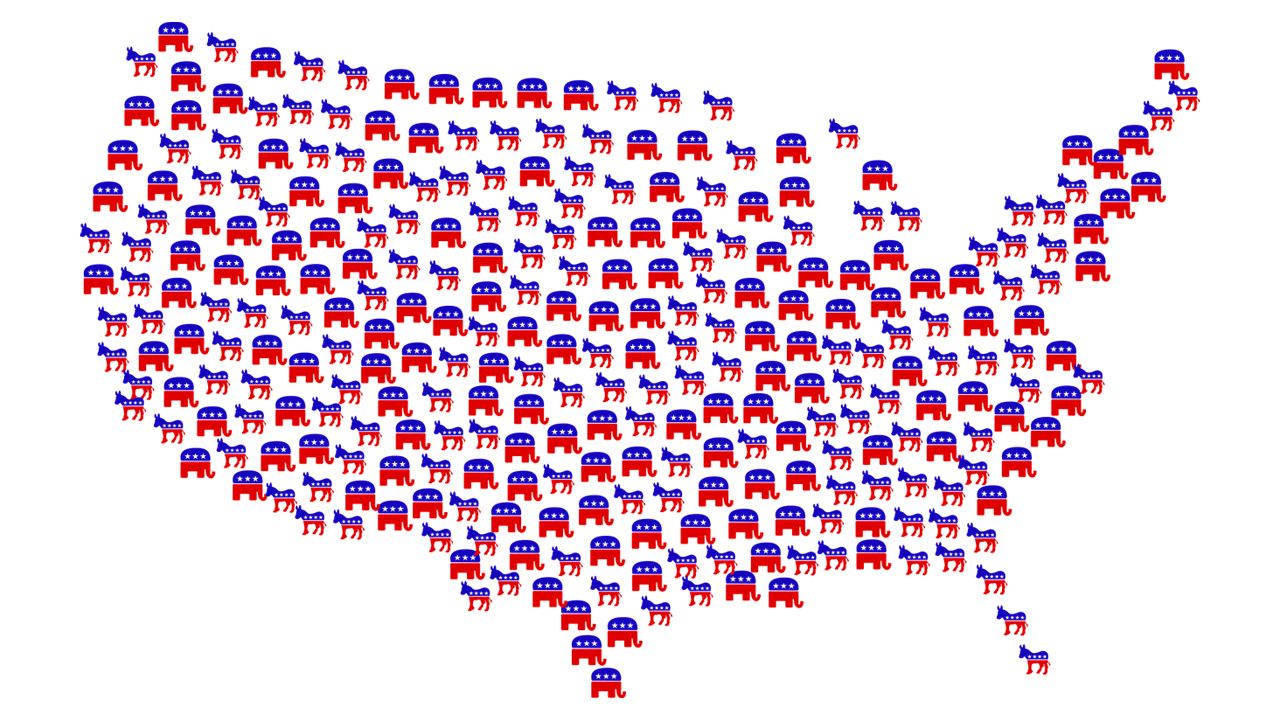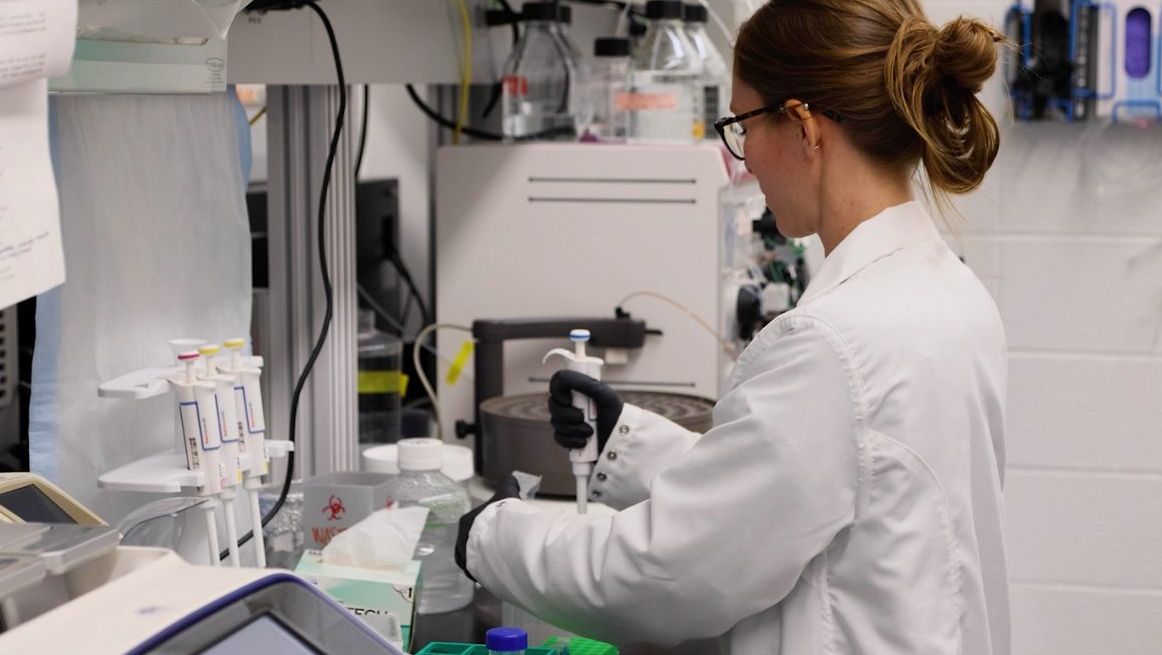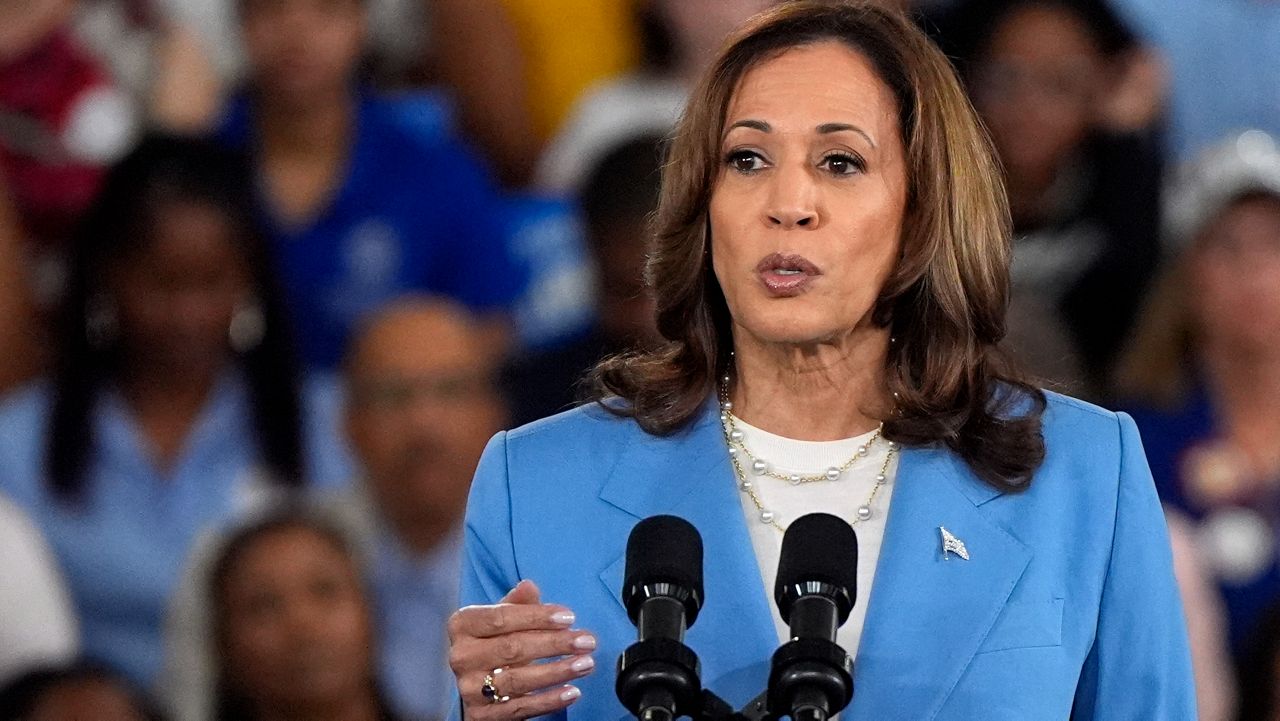GREENSBORO, N.C. — Since 2008, the makeup of registered voters in North Carolina has undergone major changes.
In that time, the number of Independents went from 22% of the total number of registered voters to 33%.
The number of registered Republicans rose, but the percentage of total voters fell from around 32% to 30%. Democrats had a large falling, having 45% of registered voters in 2008 to just 35% in 2020.
Mac McCorkle of Duke University says that shift shows a dissatisfaction with the current two parties, even though many Independents still vote straight party tickets.
“So it’s a pretty combustible situation when your strongest partisans in the party really are there because they dislike somebody, not because they like to be there. So that’s a trend that could develop," McCorkle explains. "It’s one of those things that we could have Republican and Democratic dominance until the day we don’t.”
McCorkle adds that even though the elections were close and Republicans held onto the state legislature, he believes both parties are looking over their shoulders at the changing demographics of the state.
Even though cities are growing, which usually trend blue, the areas outside of them that trend red are also seeing an urbanization.
“That might need to be an area that Democrats need to focus on. Not just the Charlottes and the Raleighs and the Durhams, but the Monroe, North Carolina, the Sanford, North Carolina. Even Washington, in some rural areas where town centers may be growing up and being more diverse, that’s part of the urbanization process too,” he adds.








